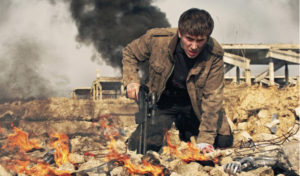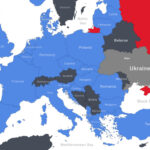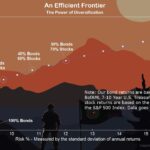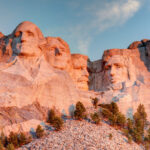
By ARKHIPOV ALEKSEY @ Shutterstock.com
The typical theme of the prolific post-apocalypse genre of film is man vs. world. One survivor fighting against the odds to overcome societal breakdown. This Mad Max version of events is attractive to moviegoers, but the reality is that after any disaster, your neighbors and other people in your community are still going to be there. Incorporating them into your disaster recovery plans can only increase your chances of making it through any serious disaster.
In Puerto Rico, after FEMA has left them behind, the most reliable source of help for residents is their neighbors. The Daily Commercial reported in January that in Puerto Rico:
Churches and other groups, such as a local Jeep club, organized trips into the mountains to help communities who were isolated and not receiving help, Ponce said. The trip into the mountains takes 1 1/2 to two hours in four-wheel drive vehicles that could go off road and through the water where bridges were out. They would often travel with a doctor and nurse and bring medicine, groceries, water, water filters, tarps and necessities.
She said one time, the community they were trying to help ended up helping them. Their four-wheel drive got stuck, so they unloaded and delivered supplies house to house. When the were ready to leave, a team of about 20 residents from the community showed up to push the vehicle.
To enhance your disaster planning efforts, consider your community. What resources can be relied upon? What can you offer your neighbors who may not be able to care for themselves?
Ready.gov offers Americans a five step toolkit on Community Preparedness. The steps are:
- STEP ONE: Identify Local Partners
- STEP TWO: Build a Team
- STEP THREE: Set Goals
- STEP FOUR: Serve Your Community
- STEP FIVE: Celebrate Success
Working with people in your community to develop a disaster preparedness system can only make your personal plans more likely to succeed. Read more from Ready.gov on their Community Preparedness Toolkit.
Originally posted on Yoursurvivalguy.com.





